HVAC pros say this is the most efficient heating schedule to keep you warm at home all day – and why automating it is the best move
There’s no one-size-fits-all – here’s how to tailor heating to your home
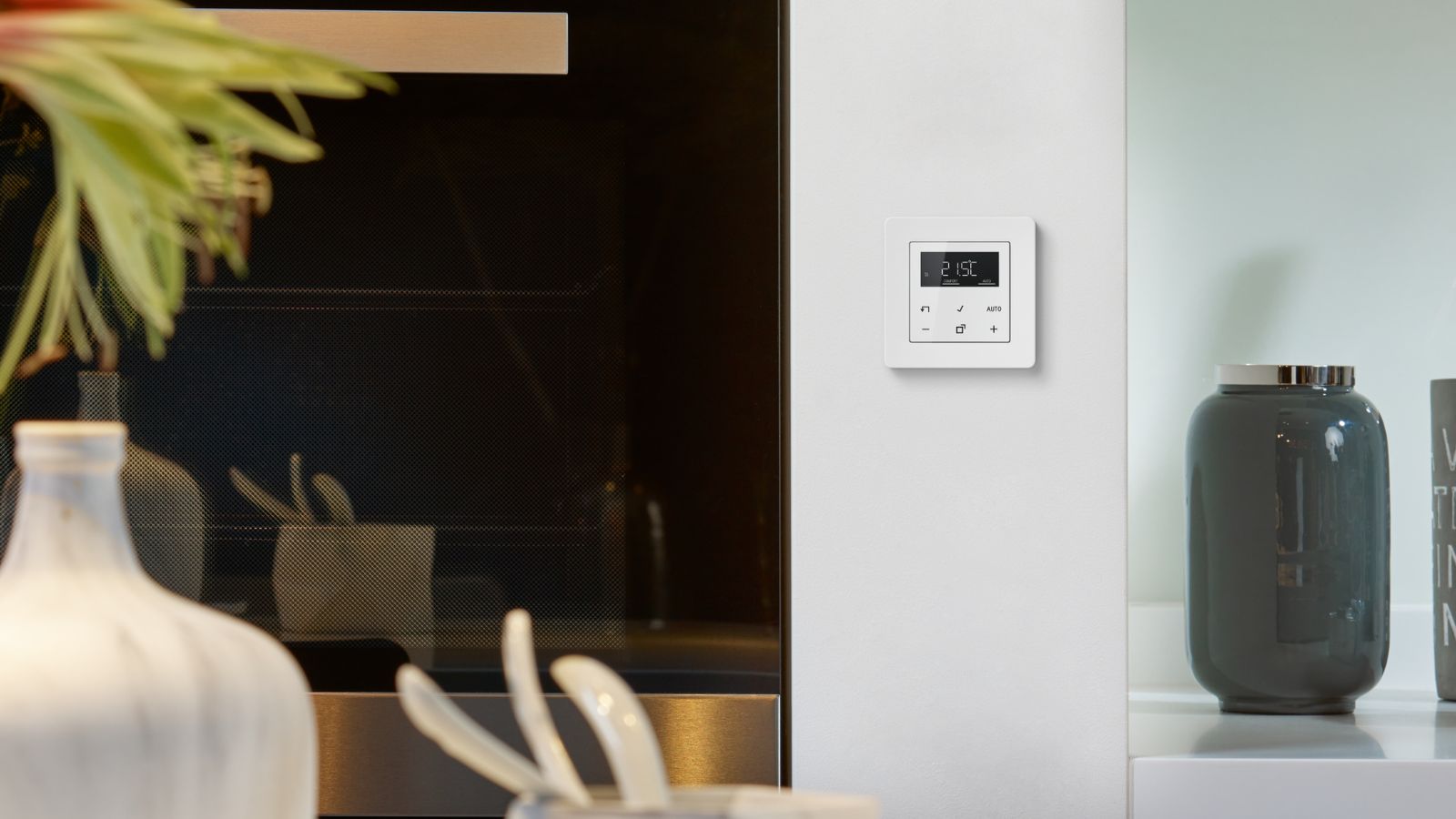

There are arguments to be made for leaving your heating on low all day to keep comfortable in the dead of winter, however, HVAC experts recommend sticking to an efficient heating schedule instead to reduce energy bills without suffering in the cold.
But what is the most efficient heating schedule for a home? There is no one-size-fits-all solution, but there are some simple tips to setting up a time system that works for your schedule, so you always come home to a warm house.
Here’s how the experts work it out per property, and why schedules work best to keep a home warm all day.
HVAC pros say this is the most efficient heating schedule
Nick Barber, co-founder of Utilities Now begins, ‘Getting the best heating schedule is all about a balance between comfort and energy efficiency. There is no single fit for all, but most households can gain from a thoughtful heating schedule that will keep your home warm when you require it and conserve energy when you don't.
‘For a typical household, the ideal heating schedule is as follows: Maintain the best temperature for a thermostat in winter – approximately 68°Fahrenheit – when you are home and awake, and reduce it by 7-10°F when you are asleep or away for a long time. According to the Department of Energy, this can cut energy bills by as much as 10% annually.’
You can use portable thermometers, available at Target, to help keep track of the temperatures around your house. This will help alert you to and eliminate hot and cold spots in your home.
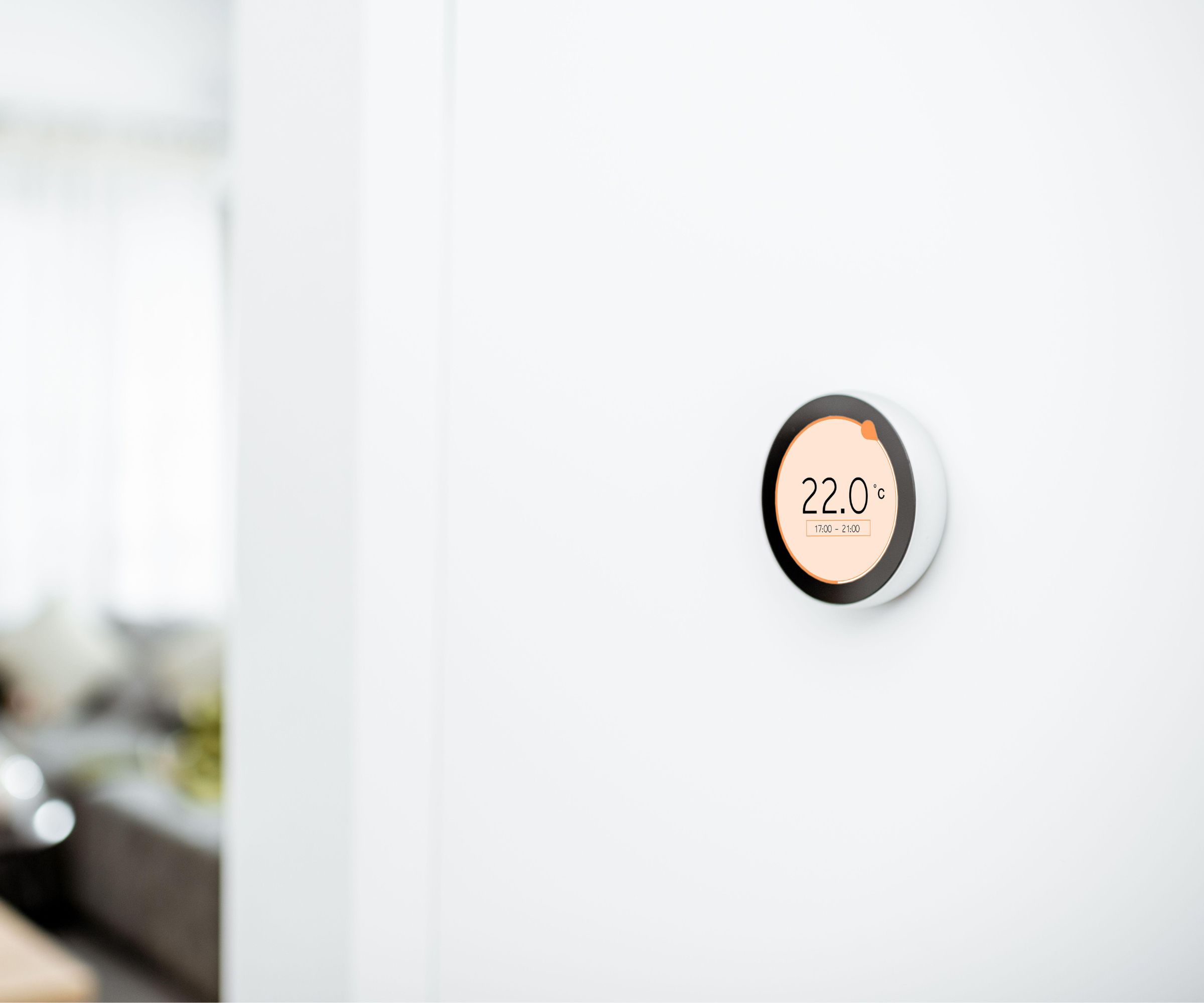
This begs the question, how many hours a day should your heating be on to maintain a comfortable temperature?
Nick continues, ‘If you want to optimize your timing for peak efficiency, a great strategy is to schedule your heating around your daily schedule. Have your thermostat begin heating your home about 30 minutes before you wake up so that it's warm in the morning.
'If you're going to be leaving for work, drop the temperature 30-60 minutes before you depart because your house will hold heat for a bit. When you're coming back, set the heat to turn back on around 30 minutes before your return home. In the evenings, reducing to the best temperature for sleep right before bedtime not only conserves energy but can help you sleep better as well.’
Prices correct at time of publication.
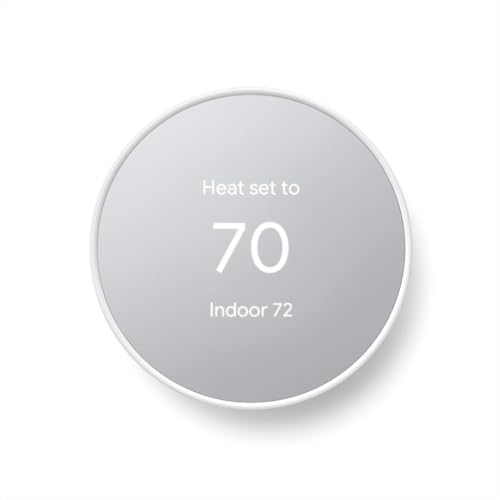
Perfect for controlling your heating remotely, smart thermostats offer complete control of your heating schedule whether you're in bed, or halfway around the world.
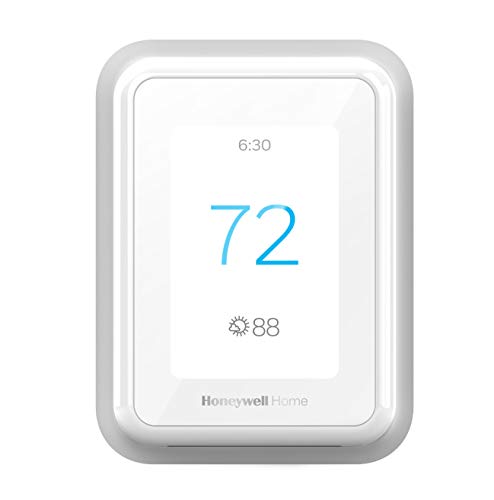
This model includes room sensors to prioritize heating in occupied areas, adding comfort and efficiency.
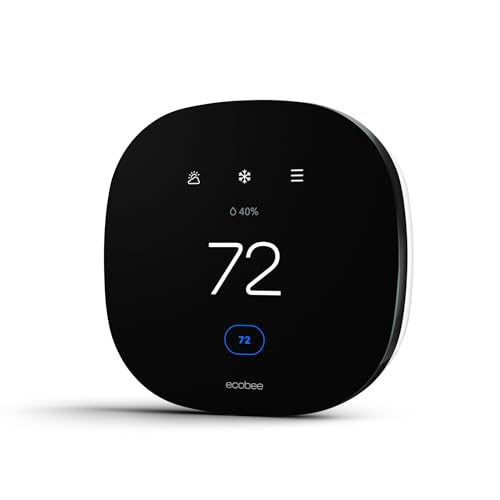
This is another excellent option for smart control and energy savings as it is ENERGY STAR Certified. It integrates well with Alexa, Siri and Google Assistant.
Michael Morey, smart thermostat and home product manager at Trane says the best way to monitor this schedule is through smart thermostats.
He explains, ‘Smart thermostats can maintain a more consistent temperature by learning from the homeowner’s unique patterns and adjusting heating and cooling cycles accordingly. For example, a smart thermostat might recognize that a homeowner lowers the temperature at night and automatically sets a more energy-efficient temperature during those hours. This precise control and intelligent scheduling can prevent unnecessary energy consumption.
‘Homeowners can also control smart thermostats remotely via smartphone apps, allowing them to make real-time adjustments based on changing schedules or unexpected events. This flexibility ensures that the home’s heating schedule remains optimized even when plans change.’
It is worth noting that this will only work if you avoid common thermostat mistakes for accurate readings. Knowing where a thermostat should be placed is also vital.
Things to consider before setting a schedule

Michael Morey warns that there are a few caveats to this general rule, however.
He says, ‘When creating a daily thermostat schedule, it’s important to consider the comfort and needs of everyone in the household, including children, pets, and those who work from home. Here are some things I like to keep in mind:
- Working from home: If you work from home, maintaining a comfortable temperature can be crucial for productivity and focus. If it’s difficult to focus when working from home because the temperature is too cold, then consider bumping up the thermostat a few degrees during your working hours (typically 9am–5pm). However, if you run hot or feel that bundling up with socks and an extra layer is enough to keep you comfortable, then keep it as close to 68 degrees which can help you save on energy costs.
- Children: For households with children, you might consider scheduling heating around their daily routines. For example, you might set the thermostat to a comfortable temperature from 7am-3pm or based on their schedule, so it’s comfortable when the kids are waking up, getting ready for school, and when they return in the afternoon. If your children have after-school activities, you can adjust the schedule depending on when they return home.
- Pets: Animals also have specific temperature needs. While most pets can tolerate a range of temperatures, it’s important to ensure they are comfortable, especially during extreme weather conditions. If your pets are home alone during the day, you might set the thermostat to a moderate temperature to ensure that keeps them comfortable without wasting energy.
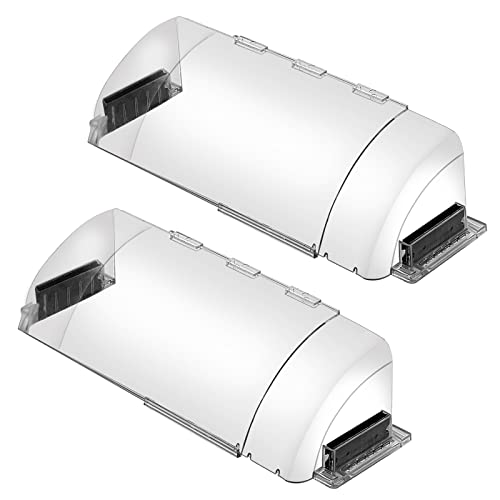
These heat guards for vents not only prevent accidental burns but deflect heat out into the room, rather than straight-up walls for a warmer home.
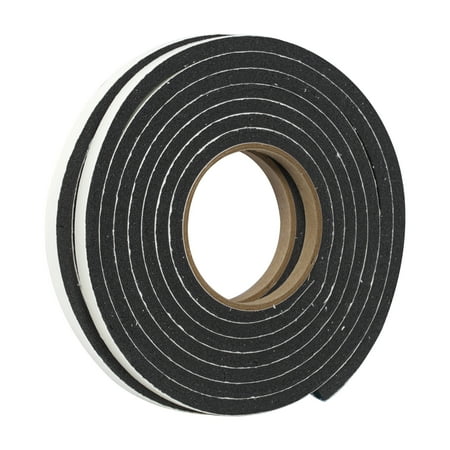
Weather stripping stops cold-air transfer around door and window frames, making heating more efficient.
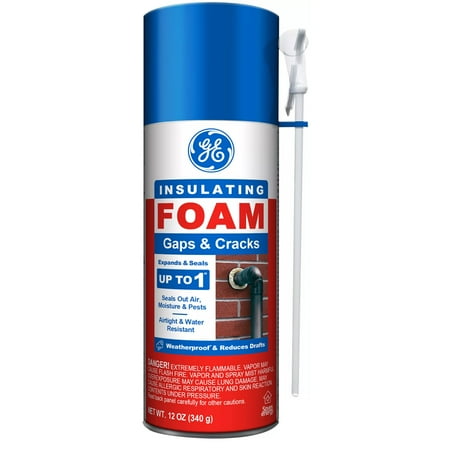
Insulating foam expands on application to fill gaps up to 1 inch in size, preventing air transfer for a warmer home.
Meet the experts

Nick is passionate about helping everyday people keep homeowning simple. He co-founded Utilities Now to make finding the right energy supplier in texas quick and easy, with flexible terms to save money and reduce anxiety around bills.
Michael is a senior product manager with a decades-long history of working in the HVAC industry. He is Trane's go-to expert for all things HVAC, specializing in money and energy-saving technologies for homeowners.
FAQs
Is it cheaper to keep your house at a constant temperature?
Although many people believe that it costs more to turn your heating on and off throughout the day, it is more efficient to turn it off (or down) when you do not need it, for example when you are asleep, or out of the house for longer than an hour. This reduces the amount of energy you are consuming, helping to keep bills low without sacrificing your comfort.
When looking to save money at home, it also helps to check the things making your heating system work harder. Blocked or dirty vents, unserviced HVAC systems, and common thermostat problems can all lead to increased bills, despite often being quick and easy to fix.
Sign up to the Homes & Gardens newsletter
Design expertise in your inbox – from inspiring decorating ideas and beautiful celebrity homes to practical gardening advice and shopping round-ups.

Chiana has been at Homes & Gardens for two years and is our resident 'queen' of non-toxic living. She spends most of her time producing content for the Solved section of the website, helping readers get the most out of their homes through clever decluttering, cleaning, and tidying tips. She was named one of Fixr's top home improvement journalists in 2024.
You must confirm your public display name before commenting
Please logout and then login again, you will then be prompted to enter your display name.
-
 'Big results before you know it' – Experts urge you to use the ‘Take Away 10’ method for simple decluttering with zero decision fatigue
'Big results before you know it' – Experts urge you to use the ‘Take Away 10’ method for simple decluttering with zero decision fatigueIt can cut hundreds of items from your home in just a few weeks
By Ottilie Blackhall
-
 Kevin Bacon and Kyra Sedgwick's rustic kitchen island is stunning, but controversial – designers say you can get the look without the hassle
Kevin Bacon and Kyra Sedgwick's rustic kitchen island is stunning, but controversial – designers say you can get the look without the hassleA popular material finds an unorthodox home in the couple's kitchen, but experts disagree on whether it should be used – here's how to do it instead
By Sophie Edwards
-
 Why does my house feel damp? Experts reveal the 7 common reasons, risks and fixes to apply right now
Why does my house feel damp? Experts reveal the 7 common reasons, risks and fixes to apply right nowIf your house smells musty, there might be underlying damp to sort out
By Sophie Warren-Smith
-
 Do you have condensation on the outside of your windows? This simple rule of thumb determines if it's normal, or a sinister warning sign
Do you have condensation on the outside of your windows? This simple rule of thumb determines if it's normal, or a sinister warning signHVAC pros share expert insight
By Ciéra Cree
-
 HVAC pros reveal 2 'Goldilocks' ranges for the ideal room temperature in bitter winter – it differs from day to night, and room to room
HVAC pros reveal 2 'Goldilocks' ranges for the ideal room temperature in bitter winter – it differs from day to night, and room to roomKeeping rooms at the right temperature is vital for comfort and efficiency
By Ciéra Cree
-
 How dust and dirt increases your energy bills – plus 5 ways HVAC pros deal with it to cut costs
How dust and dirt increases your energy bills – plus 5 ways HVAC pros deal with it to cut costsThese cleaning tips could save you hundreds
By Chiana Dickson
-
 Is your house heating unevenly? HVAC pros reveal 5 common reasons, plus their top tricks for consistent heating throughout your home
Is your house heating unevenly? HVAC pros reveal 5 common reasons, plus their top tricks for consistent heating throughout your homeEliminate hot and cold spots with these fixes
By Chiana Dickson
-
 What is a zoned heating HVAC system? We get the lowdown from the pros
What is a zoned heating HVAC system? We get the lowdown from the prosThis expensive addition could actually save you money
By Sophie Warren-Smith
-
 I spent years trying to combat window condensation – then a simple dish-soap trick turned out to be the key all along
I spent years trying to combat window condensation – then a simple dish-soap trick turned out to be the key all alongThe dish soap condensation hack takes five minutes to do, is oh-so effective, and cleaning pros love it
By Eve Smallman
-
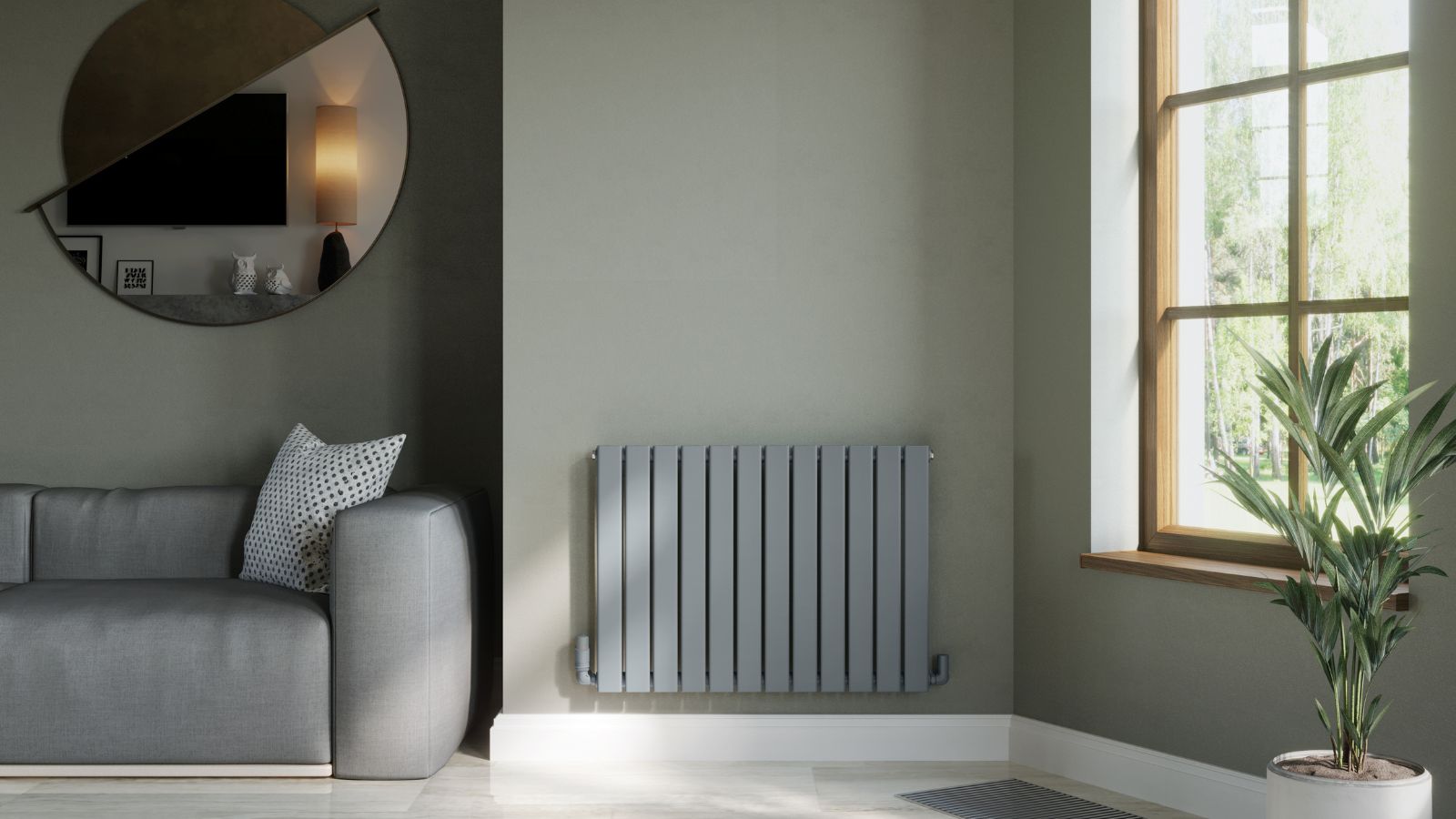 What temperature should a house be during a big freeze? HVAC pros reveal why this 'Goldilocks' temperature is so important for your health and home
What temperature should a house be during a big freeze? HVAC pros reveal why this 'Goldilocks' temperature is so important for your health and homeIt goes beyond your own comfort – it protects your property, too
By Chiana Dickson